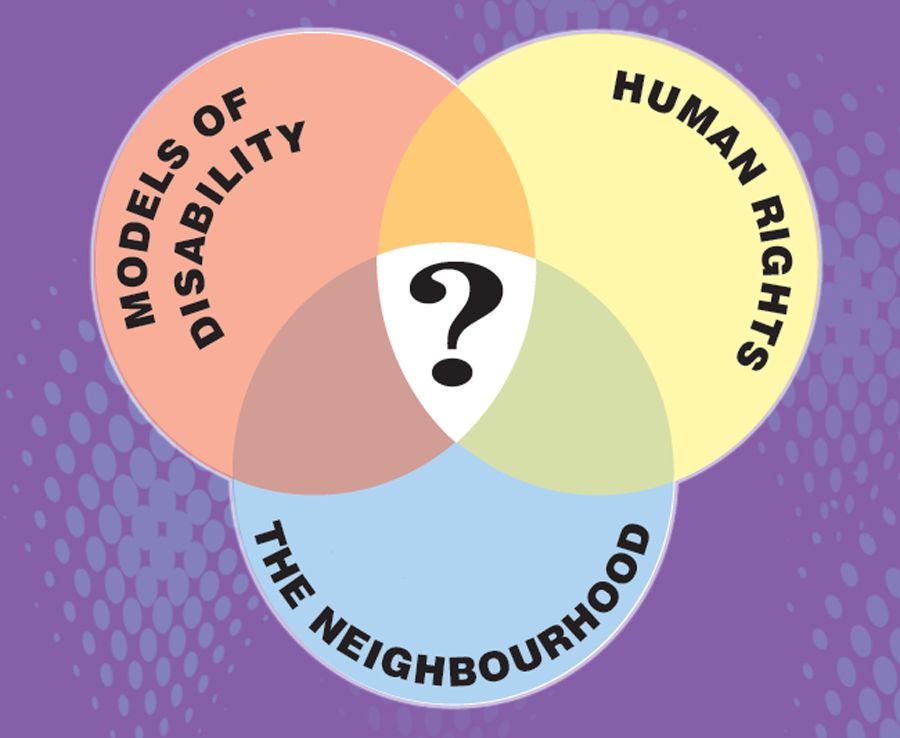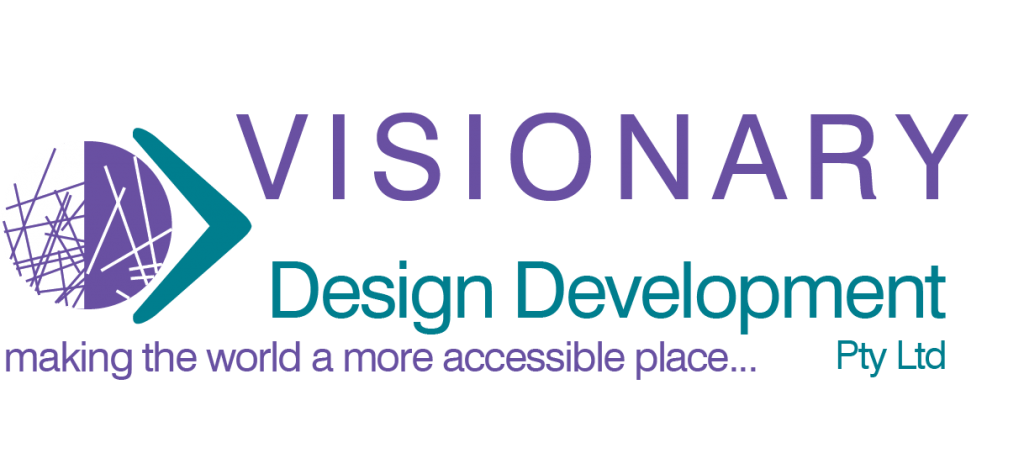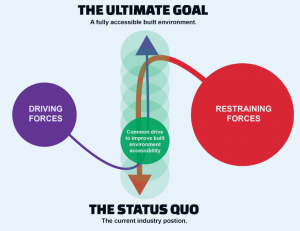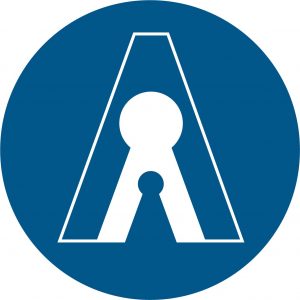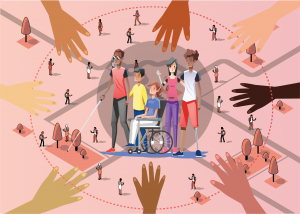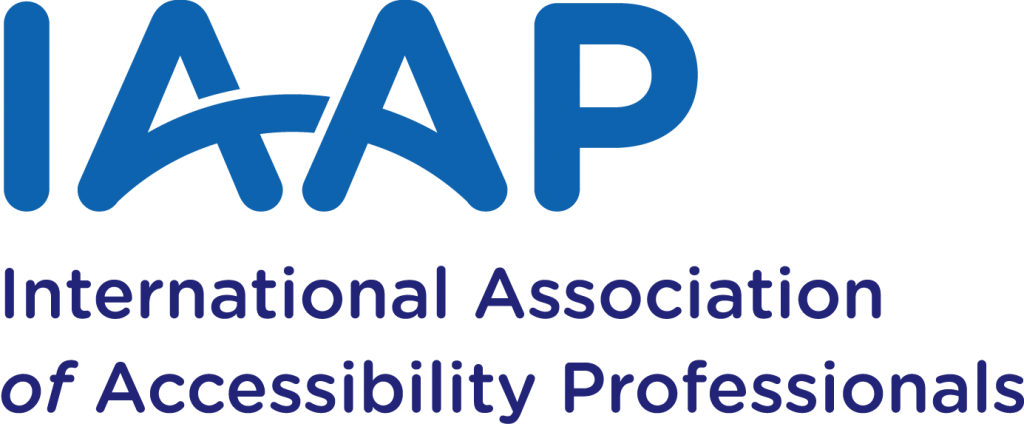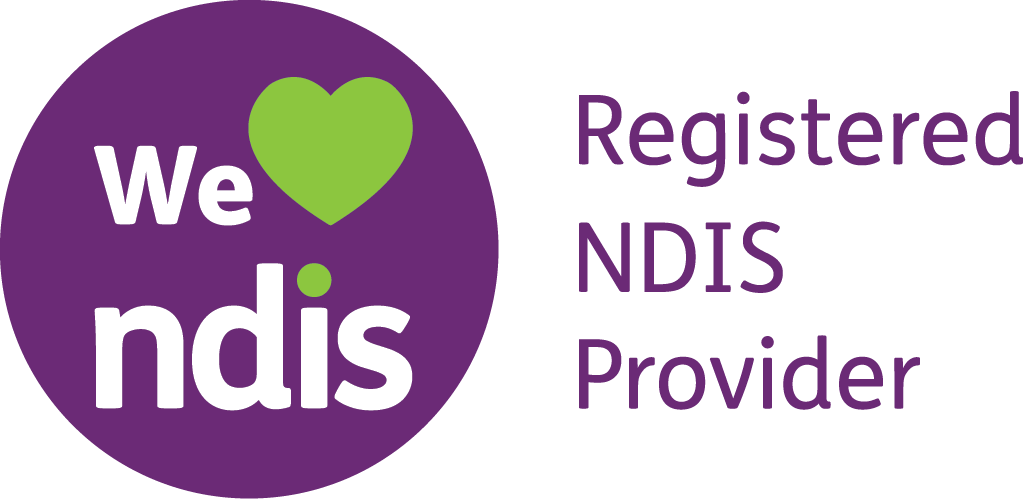Mary Ann’s article Models of Disability and Human Rights: Informing the Improvement of Built Environment Accessibility for People with Disability at Neighborhood Scale? published 2018 Laws, Topical Collection, Disability Human Rights Law, continues to be regularly viewed and/or downloaded.
Abstract
In the 21st century, even with the advent of the United Nations Convention on the Rights of Persons with Disabilities (UNCRPD), the existing built environment still fails the neighborhood accessibility needs of people with disability. People with disabilities’ human right to the neighborhood is, at face value, enshrined in legislation and ‘much’ built environment accessibility legislation is in place. But, built environment accessibility practice has been, and continues to be, shaped by a hidden discourse based on theoretical underpinnings little understood by built environment practitioners. Similarly, built environment practitioners have little understanding of either the diversity of the human condition or the accessibility needs of people with disability. In Australia, the operationalization of built environment accessibility rights is, via opaque legislation, not necessarily reflective of the lived experience of people with disability, and weak in terms of built environment spatial coverage. Empirically, little is known about the extent of built environment inaccessibility, particularly neighborhood inaccessibility. Therefore, the question explored in this paper is: How might an understanding of models of disability and human rights inform the improvement of built environment accessibility, for people with disability, at a neighborhood scale?
